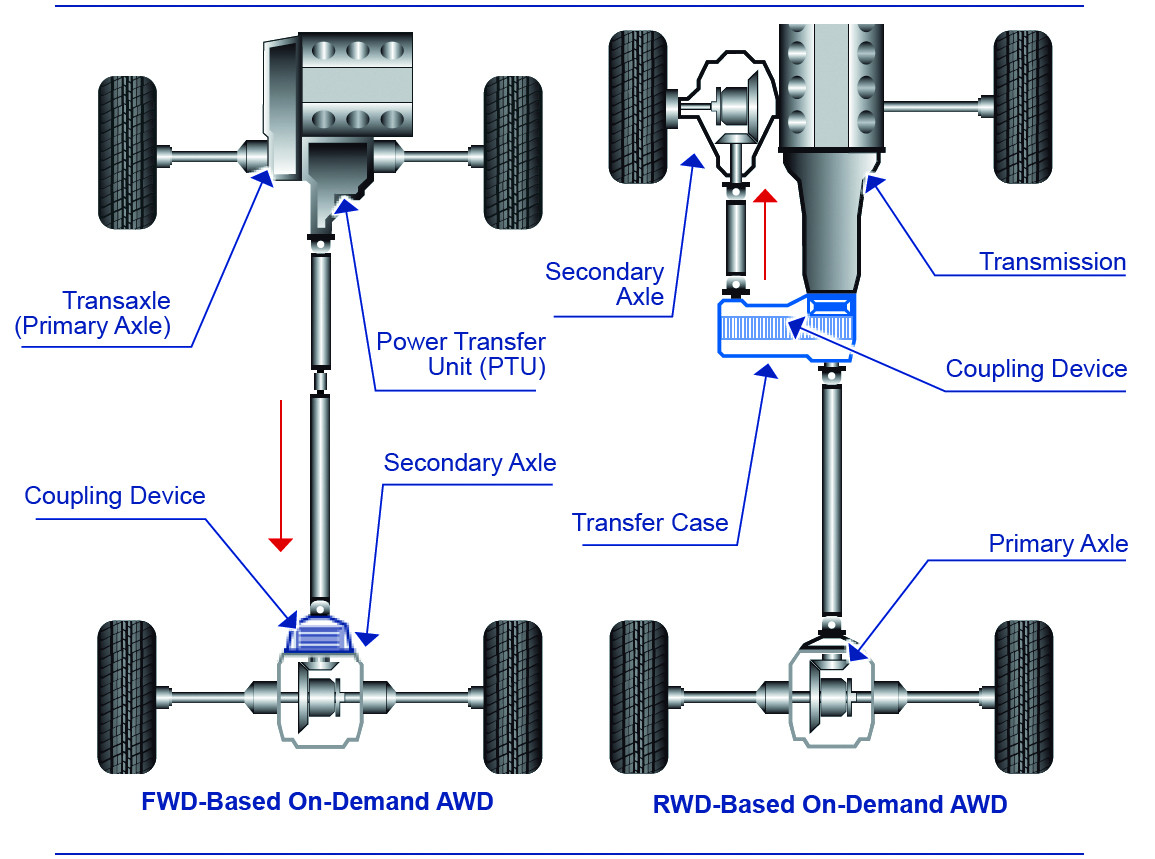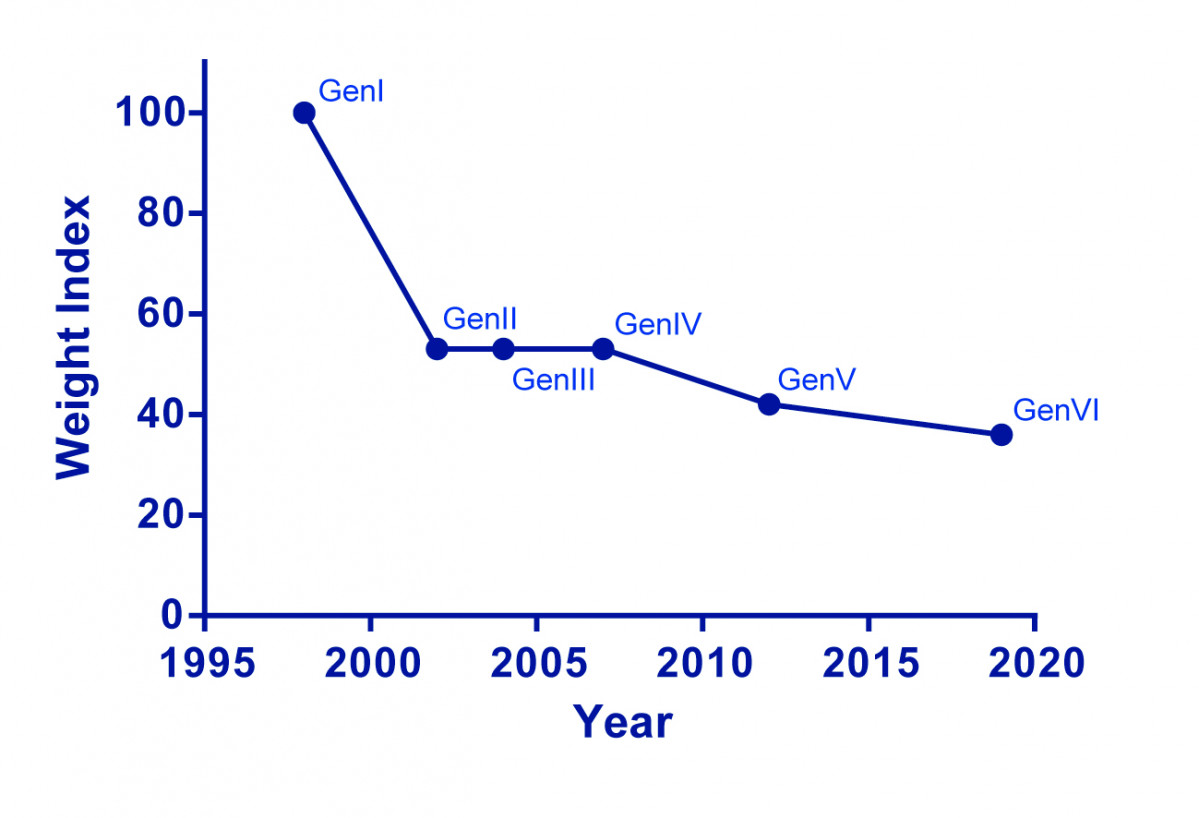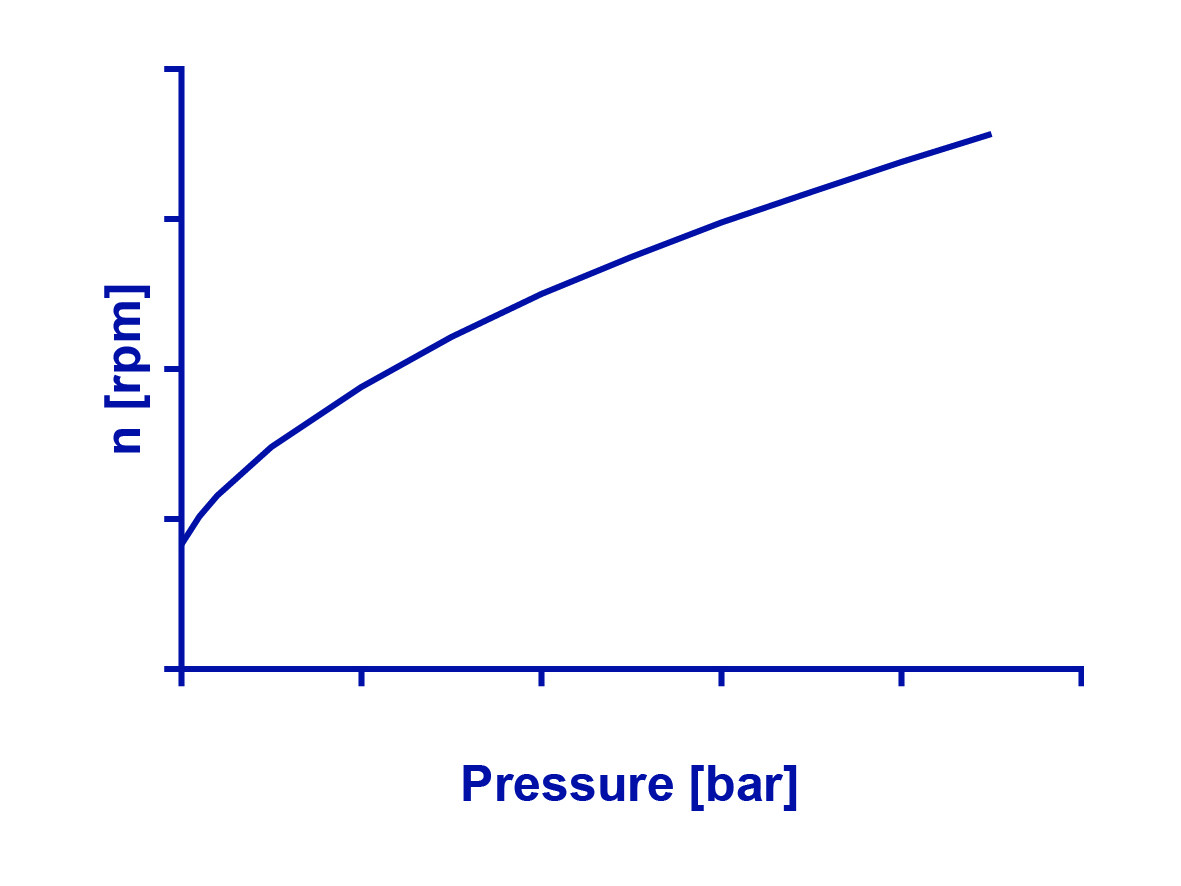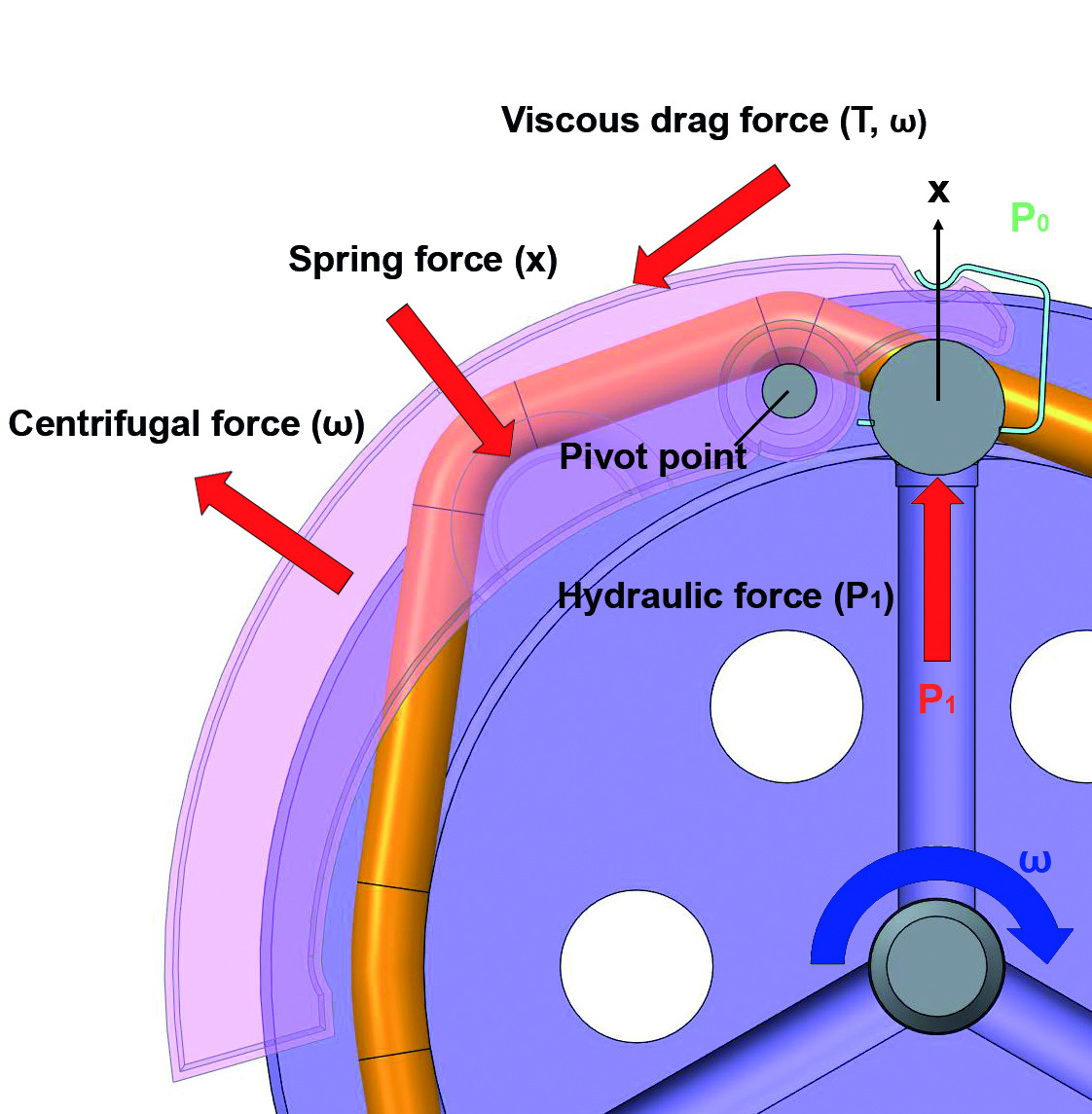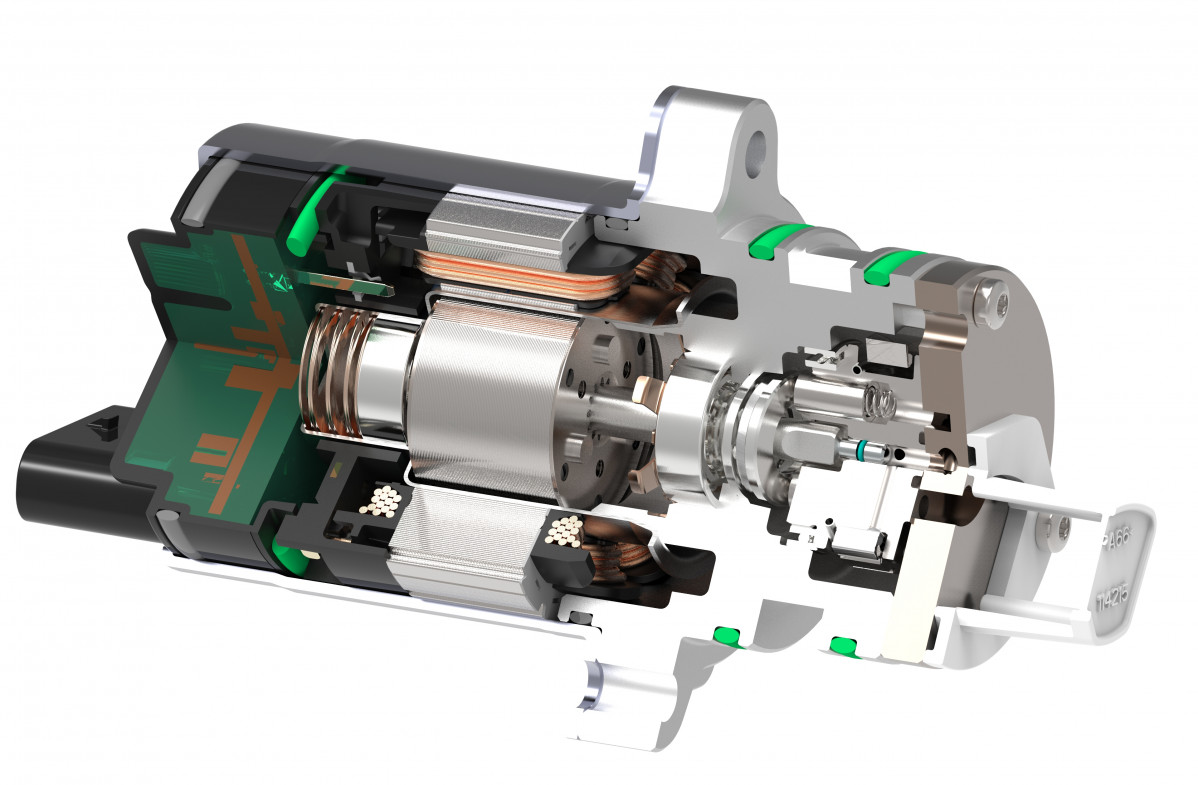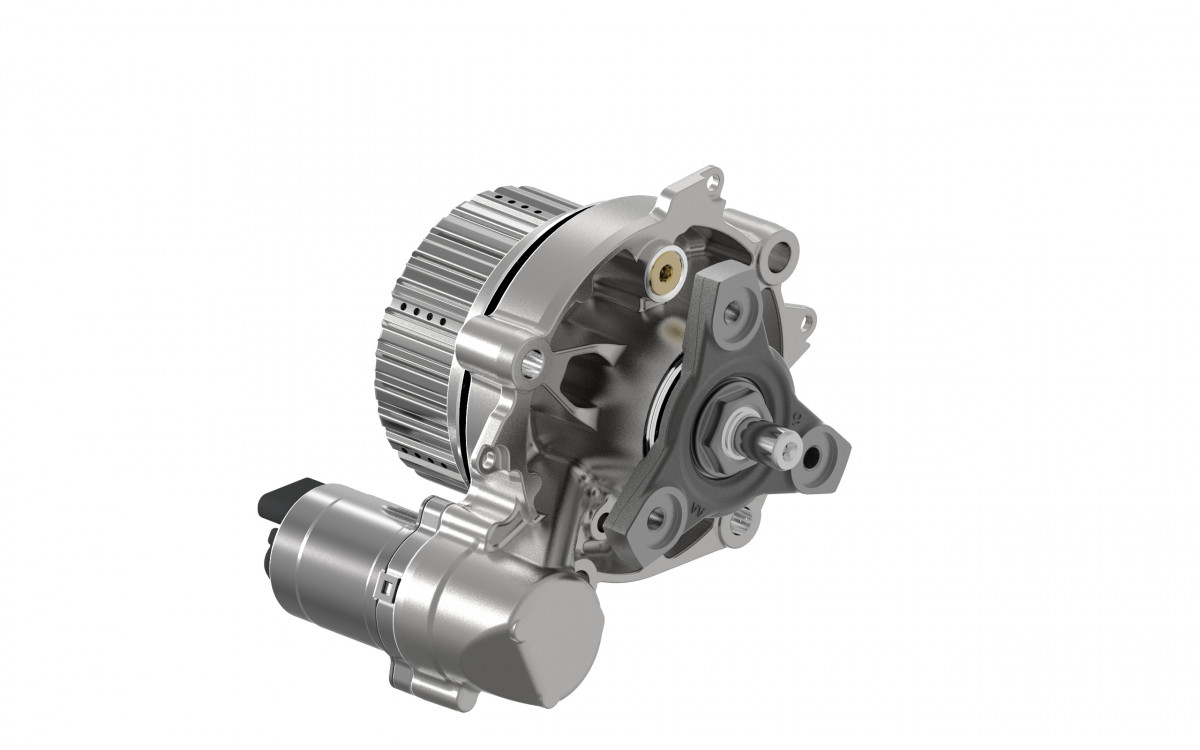BorgWarner Next Generation AWD Actuators
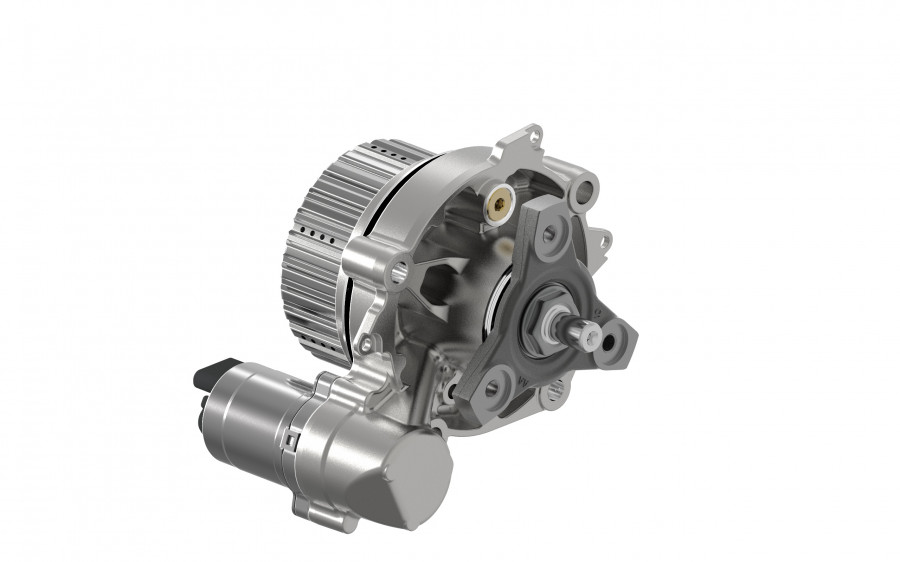
Christian Månsson, Development Engineer, Mechatronics, BorgWarner PowerDrive Systems
Måns Ranåker, Director, Driveline Engineering, BorgWarner PowerDrive Systems
Per Söderberg, Development Engineer, Motor Design, BorgWarner PowerDrive Systems
The need for improved fuel efficiency is a key factor in the development of allwheel drive (AWD) technologies today. BorgWarner, an established global leader in the advancement and supply of AWD systems, delivers break through weight and efficiency improvements, along with the necessary performance enhance ments in today's AWD systems. With the devel opment of these next generation actuators for AWD systems, BorgWarner is contributing to reduced costs and helping to offset the finan cial challenges from other vehicle components in pursuit of the goal of costneutral hybrid ve hicles. At the same time, the need for actuators delivering the same or improved torque transfer levels, while reducing complexity and weight, continues to grow.
Next Generation AWD Systems
As a trusted partner of renowned automakers, BorgWarner supplies major global OEMS with AWD couplings and transfer cases. The me chanical processes for both front and rear wheel based ondemand AWD systems are nearly identical and are differentiated only by the vehicle drivetrains they support. A wet multidisc clutch connects an ingoing and an outgoing shaft for torque transfer and control in both AWD systems. BorgWarner has a wide range of options for applying compression force to the clutch package to support different customer requirements.
The hydraulic actuator, which applies a variable force to the clutch package utilizing hydraulic pressure and a working pis ton, is central to both AWD systems. Users are able to control the working pressure within the system and monitor the torque transfer to adapt the performance of the AWD system to fit driv ing conditions. By monitoring the vehicle net work, users can select a torque level to optimize system performance for their unique driving sit uation. This integrated system will also react to requests from other integrated vehicle com ponents, such as ESP, to optimize performance in critical situations.
BorgWarner introduced its first (Gen1) AWD hy draulic actuation solution in 1998 and now pro duces more than 1.5 million GenV couplings per year. Initially, these technologies used differential speeddriven pumps to create instant pressure, which was controlled through the slippage be tween front and rear axle. This method has been improved over subsequent generations of actua tors, but the main continuous improvement focus has been on reducing both the complexity and weight of these systems.
Throughout the develop ment of these next generations, coupling weight has been consistently reduced while achieving driving performance enhancements at the same time. As product sophistication increased, the differentially driven pump was removed in the fourth generation and replaced by an electrically dri ven pump, accumulator and control valve, which eliminated the need for a pressure sensor. For the fifth generation, the accumulator, filter and pressure control valve were all removed and replaced by the current centrifugal pump.
GenVI System Innovations
This patented centrifugally controlled piston pump, which is critical to the performance of the GenVI system, not only creates the pressure in the sys tem, it also controls it. The 6piston axial pump produces high pressure levels with greater efficiency. Through the use of its centrifugal control valves, the pump creates a correlation between the rotating speed of the motor and the pressure within the system.
Because of this connection, the system works best when driven by a brushless DC motor (BLDC) where speed is the setpoint. The balancing force of the steel ball in the check valve sets the pressure, de pending on the motor speed. This enables high pressure accuracy and low hyster esis, providing excellent response times at any setpoint.
A target specification, based on customer feed back and findings from internal tests, was de veloped for this next generation actuator. This led to a new concept design:
-BLCD for improved durability, smaller size and enhanced thermal capability
-Integrated ECU for lower costs, reduced package size and more robust EMC by remov al of the cable harness
-Alignment of the ECU and stator diameters, which utilize the visible mating of inter connects between the ----ECU and the stator to improve assembly efficiencies and minimize product cost.
-Dry stator and ECU to avoid compatibility is sues between oil, electronics hardware and interconnects
-Wet rotor to eliminate the dynamic radial seal between pump housing and motor shaft
-Sensorless motor control including an option al position sensor if necessary
To maximize the benefits of these improve ments, the BLDC motor is both designed and assembled inhouse. This is required to optimize the system, as well as to manage any potential compromises between the subsystems while improving performance and cost. BorgWarner's experience on larger emachines, combined with this full system ownership and development of the motor control algorithm, is key to system optimization and the company currently has multiple BLDCs in production and development in anticipation of future needs.
Reduction of Weight and Package Size
The new, optimized GenVI actuator systems have reached new levels of weight reduction, more than 40% over previous generations. This also results in a weight reduction of approximately 15% when compared to conventional AWD couplings. (Figure 4). The reduced size of the emachine, combined with the integration of an ECU and the general flexibility of a hydraulic ac tuator, allow for a significantly smaller system, which helps manufacturers to optimize their packaging.
Improved Accuracy and Response
Due to the relationship between motor speed and centrifugal mechanism pressure within the pump, the use of a BLDC with speed control supports the pressure accuracy within the sys tem. The response time, or the time required for the new value to be reached after a request for altered setpoints, is also improved with this system. This is achieved by enhancing flow control of the pump by the motor controller when it reaches normal operating temperature.
Improved Durability
Wear on the brushes and the commutator in a DC motor limit its operational lifetime. These lim its do not exist with a BLDC motor, since me chanical contact is not required for commuta tion. The use of a dynamic radial seal is also not required with BorgWarner’s BLDC motor, which further enhances motor durability and life.
Enabling ECO Operation
The use of a BLDC in the GenVI actuator, with its virtually unlimited start/stop capability, is al so a key enabler of ECO mode. In ECO mode, the system's energy consumption is reduced because the motor is completely shut off in conditions where no torque transfer is required. Oil churning losses can also be minimized with in the system through the integration of a shut off valve for the lubrication flow into the friction disc package.
Multiple System Efficiencies
The GenVI actuator was intentionally designed to support multiple system types. This technology can work as an independent node connected on ly to the power and the vehicle network, control ling the complete system functionality including full diagnostics and vehicle dynamic controls. The GenVI system is also effective for use as a smart actuator that works on request of a main ECU, with reduced diagnostics and ability to communicate its status. It's also suitable to be used as a motor actuator, with an integrated connecter and no electronics, fully controlled by a remote ECU. These possibilities for reuse be come even more important as software function ality and complexity increase. The development of GenVI was driven by the need for a new AWD actuator, but the motor and ECU configuration were developed with additional needs in mind. Most of the software functionality already devel oped can be reused by combining the motor with a different kind of mechanism to control other ve hicle components. To further support this multi functional approach, actuators to control discon nect solutions for both AWD systems and electrical axles, are now being developed along with park lock solutions and oil cooling pumps. The overall impact of the high volume AWD actuator produc tion, along with reduced development needs, de liver benefits of increased manufacturing efficien cy and speed for the OEM.

A poco más de tres meses de una edición histórica como será el 50 aniversario de Equip Auto, Aurélie Jouve, directora del Salón, nos avanza todos los detalles de la cita del 14 al 18 de octubre en Paris Expo Port de Versailles.

El sector español de proveedores de automoción finalizó 2024 con unas exportaciones valoradas en 25.065 millones de euros, lo que supone una leve caída del 0,5% respecto al récord alcanzado en 2023.
![X1310 ETECH HR18 DB45 OverviewG ORANGE[31] X1310 ETECH HR18 DB45 OverviewG ORANGE[31]](/images/showid2/7434115?w=981&zc=4&zc=1&w=280&h=209)
HORSE Technologies ha desarrollado su nueva unidad motriz híbrida integrada, la HR18 HEV. Se trata de la primera unidad motriz completa diseñada, desarrollada y producida bajo la marca HORSE Powertrain, y se ha desarrollado en los centros de I+D de Rumanía y España.

La fabricación de vehículos eléctricos de batería (BEV) en el Reino Unido superará con creces las previsiones realizadas para la fabricación mundial y europea, y los fabricantes de automóviles británicos alcanzarán una producción casi total de vehículos eléctricos de batería en 2035, según un informe de Advanced Propulsion Centre UK (APC).

CLEPA, la asociación europea que representa a la industria proveedora de la automoción, celebró con éxito la 17ª edición de su Evento sobre Normativa de Materiales y Sostenibilidad (MRSE) los días 25 y 26 de junio en Fráncfort.

